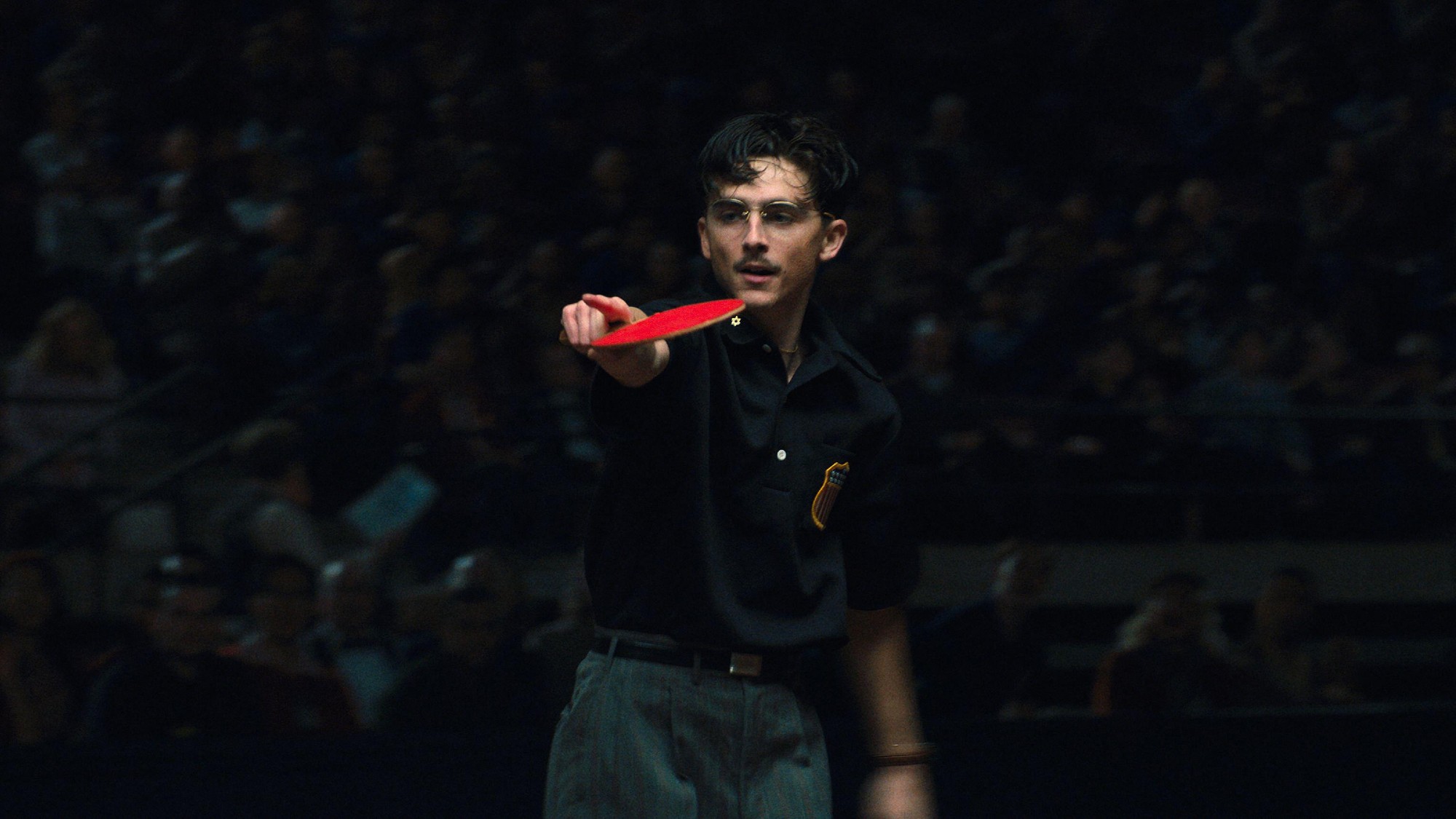Exhibit of the week: Ai Weiwei: According to What?
Some 18 months after Ai Weiwei's arrest by Chinese authorities, a major survey of his work has arrived in the U.S.
Hirshhorn Museum, Washington, D.C.
Through Feb. 24
It’s finally here—even if the artist isn’t, said Sophie Gilbert in Washingtonian. Some 18 months after his arrest by Chinese authorities catapulted dissident artist Ai Weiwei to new international prominence, a major survey of his work has arrived in the U.S. Ai, unfortunately, was unable to accompany it. The Chinese government, which released the artist last June but continues to harass him, refused to return his confiscated passport so he could attend the exhibition’s Oct. 7 opening. Yet “while the artist’s oversize presence is missed, it’s impossible to say it isn’t felt.” As the Hirshhorn show demonstrates, separating Ai from his work is impossible. Whether he’s posing naked in New York for a 1980s photograph or presenting a scan of his own brain, swollen after a 2009 beating by provincial police, Ai comes across as both “heroic activist and relentless joker”—“the perfect artist for our oversharing, overpopulated Internet age.”
The Week
Escape your echo chamber. Get the facts behind the news, plus analysis from multiple perspectives.

Sign up for The Week's Free Newsletters
From our morning news briefing to a weekly Good News Newsletter, get the best of The Week delivered directly to your inbox.
From our morning news briefing to a weekly Good News Newsletter, get the best of The Week delivered directly to your inbox.
Not all the work is that personal—or that provocative, said James Panero in The Wall Street Journal. Though Ai “will probably be regarded as the most important artist of the past decade,” this show, which originated in Tokyo in 2009, doesn’t seem to understand why. Too much space is wasted on the period just before Ai broke firmly with his government, when he was a state-sanctioned art superstar producing large ornamental pieces that combined contemporary Western influences with “flourishes of chinoiserie.” The 2008 sculpture Cube Light, for instance, merely transforms minimalism “into a kitschy chandelier,” and many other pieces also feel like “a lot of effort for not much return.” If only the curators could have done more with Ai’s “most consequential work”—a sly, brave campaign for individual rights that he’s carried out in recent years on the Internet via a blog and Twitter. That effort gets only footnote treatment here.
But many of Ai’s most lavish works sound similar themes, said Blake Gopnik in TheDailyBeast.com. He Xie (2010), a pile of 3,200 handmade porcelain crabs, uses as its title a Chinese phrase that can mean either “river crab” or “harmony”—a Communist Party slogan that has become slang for Internet censorship. The most affecting pieces, meanwhile, address the event that galvanized Ai—the 2008 earthquake in Sichuan in which thousands died because of inadequate government building standards. Snake Ceiling gathers hundreds of backpacks to memorialize the disaster’s school-age victims and arranges them in a long parade overhead. A new work, Straight, repurposes 38 tons of rebar salvaged from the wreckage, straightening the once-twisted rods and piling them into “a snowdrift” of rusted steel that evokes mass death and the pitiless engine of the Chinese economy. “Heading into Ai’s survey, I thought it would let us judge once and for all how his actual art measures up to his skilled politicking.” Now I realize: His art and his activism are indivisible.
A free daily email with the biggest news stories of the day – and the best features from TheWeek.com
-
 The Trump administration says it deports dangerous criminals. ICE data tells a different story.
The Trump administration says it deports dangerous criminals. ICE data tells a different story.IN THE SPOTLIGHT Arrest data points to an inconvenient truth for the White House’s primary justification for its ongoing deportation agenda
-
 Ex-FBI agents sue Patel over protest firing
Ex-FBI agents sue Patel over protest firingspeed read The former FBI agents were fired for kneeling during a 2020 racial justice protest for ‘apolitical tactical reasons’
-
 The real tragedy that inspired ‘Hamlet,’ the life of a pingpong prodigy and the third ‘Avatar’ adventure in December movies
The real tragedy that inspired ‘Hamlet,’ the life of a pingpong prodigy and the third ‘Avatar’ adventure in December moviesThe Week Recommends This month’s new releases include ‘Hamnet,’ ‘Marty Supreme’ and ‘Avatar: Fire and Ash’